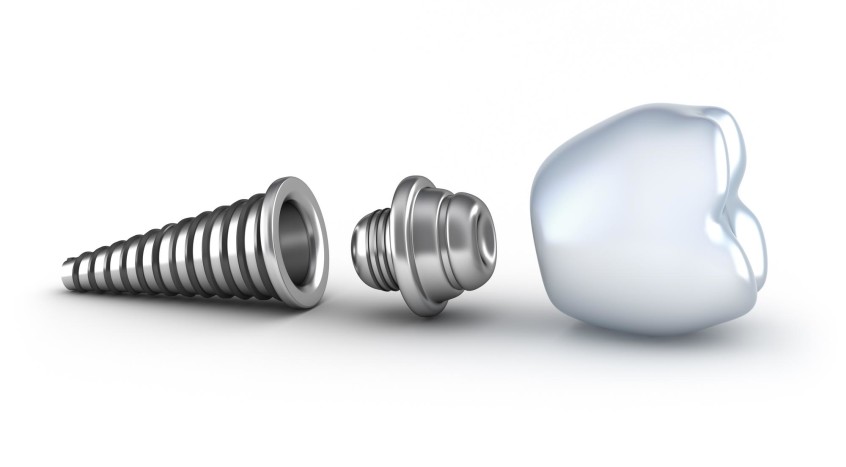Over the last four decades, the dental landscape—specifically tooth replacement—has evolved thanks to the introduction of modern dental implants. Although humans have attempted for thousands of years to use similarly shaped materials to replace missing teeth, successful, effective and permanent tooth replacement with today’s dental implants is relatively “new.” The last decade has given the world of dentistry even more impressive advancements in dental implants, and this is wonderful news for anyone needing tooth replacement.
The power of osseointegration
Titanium rods are what most dentists use for dental implants, and the reason for this is a process called osseointegration. During the 1940’s and 1950’s, scientists discovered that the human body interacts with titanium in a unique way in that bone grows closer to it than any other material tested. Another important discovery was that the human body doesn’t usually reject titanium as it does other materials and the term osseointegration refers to the way bone fuses around titanium. This fusing of the bone to the metal allows dental implants to replace the natural tooth root while supplying sturdy, durable and potentially lifetime support for the implant.
Drawbacks of traditional bridges and dentures
Before the 1980’s, dentists offered either bridges or dentures as tooth replacement options. Bridges can help prevent bone loss, but the dentist has to attach them to adjacent teeth, which requires modification of the natural tooth structure of otherwise healthy teeth. While dentures can fully restore a person’s smile, they don’t prevent bone loss, don’t function like normal teeth and require replacement as the jawbone changes due to missing teeth.
Advantages of dental implants
Studies show that today’s dental implants have a long-term success rate of approximately 97%, and their permanent, freestanding nature gives them several advantages over dentures and bridges. The titanium rods places in the jawbone fuse with the bone and provide support for the replacement tooth/crown. With the replacement tooth in place, the patient can maintain, eat with and speak with it just as they would a natural tooth. Dental implants appear more natural than dentures or bridges and people don’t have to worry about teeth shifting or jawbone loss.
Advancements in dental implants
Dental implants have experienced many advancements over the last few decades and continue to improve. Dentists use imaging technology to create 3D images of patient’s mouth and use the images to plan the procedure from beginning to end. The images also allow patients to see how their smile will look following tooth placement. Materials used for dental implants continue to evolve to give a more natural look to the replacement tooth so that it has the light translucence of natural teeth and doesn’t look darker than natural teeth when a person laughs or smiles.
If you’re looking for an effective, safe and permanent tooth replacement option, contact Greater Baltimore Prosthodontics to discuss how we can help restore your smile.

